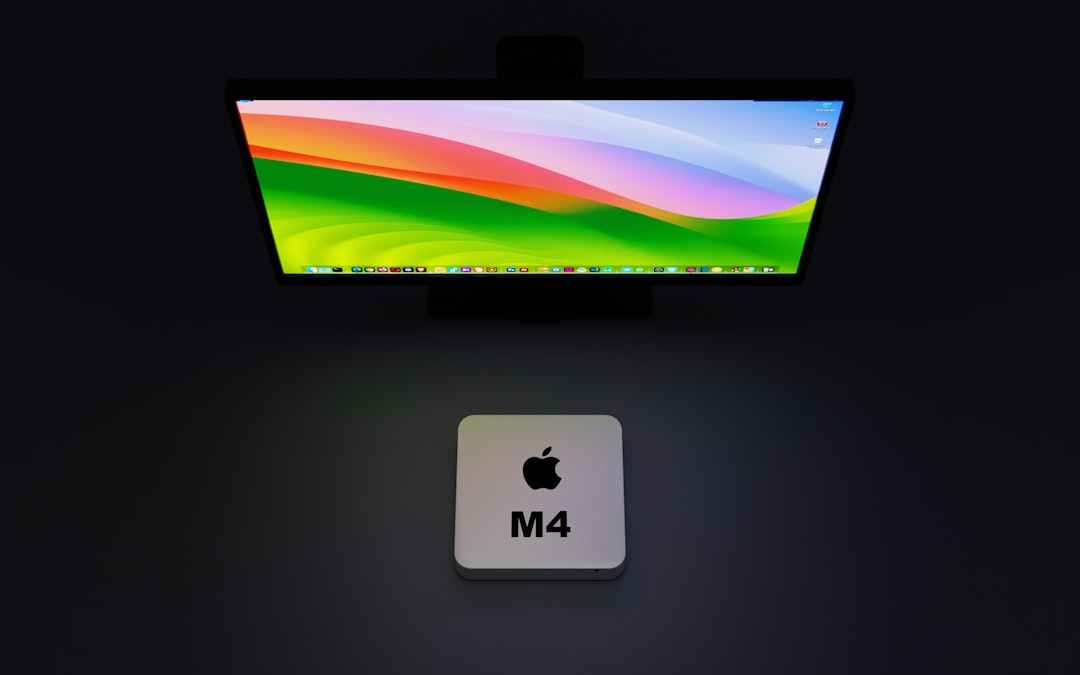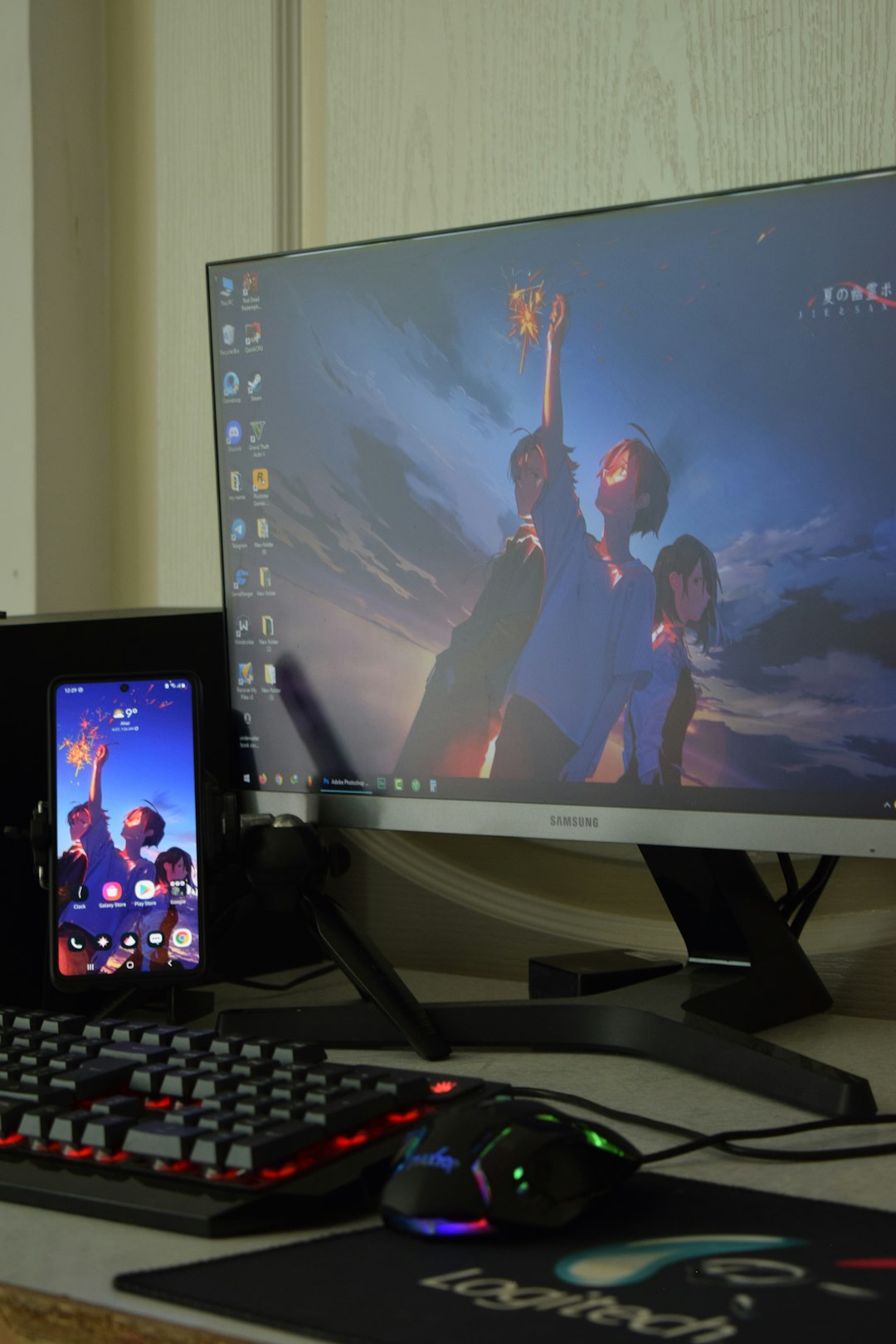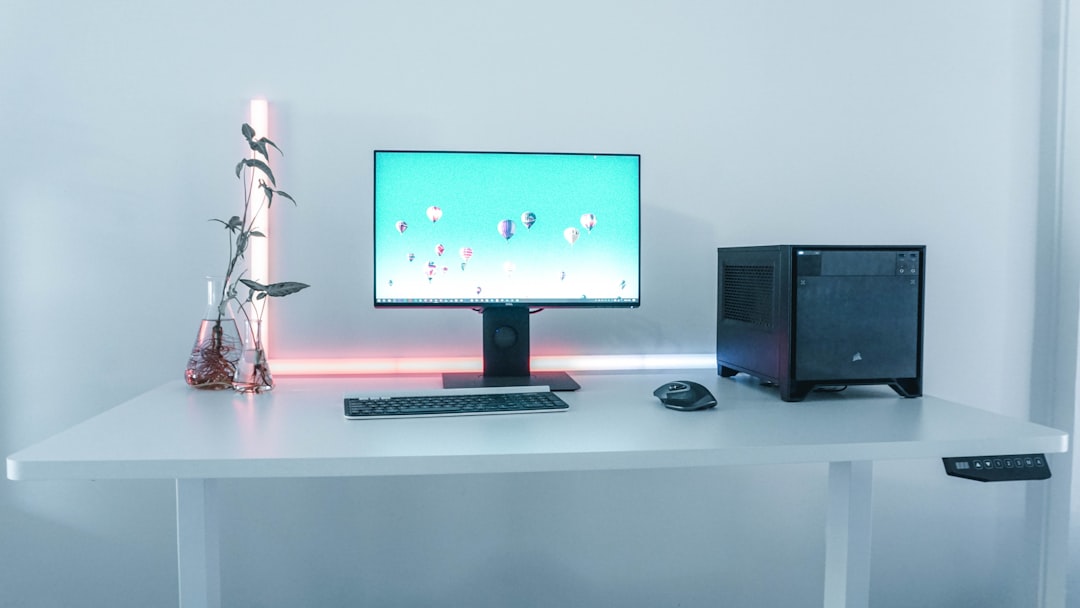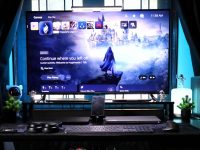So, you’ve got a FreeSync monitor and a powerful NVIDIA graphics card. Great combo! But did you know you can unlock even smoother gameplay by enabling G-Sync on your FreeSync display?
Yep, it’s totally possible—and pretty easy. Let’s break it all down and make your gaming buttery-smooth.
Step 1: Check Your Gear
Before we start flipping switches, let’s make sure you’re ready. You’ll need:
- A FreeSync-compatible monitor — Most modern gaming monitors support this.
- An NVIDIA graphics card — GTX 10 series or newer works best.
- The latest NVIDIA drivers — Always stay updated!
- DisplayPort connection — G-Sync over FreeSync won’t work with HDMI.
Got all that? Awesome! Let’s get started.
Step 2: Enable FreeSync On Your Monitor
G-Sync only works if FreeSync is enabled on your monitor first. Here’s how to double-check:
- Use the monitor’s physical buttons to open the On-Screen Display (OSD).
- Navigate to the settings menu where FreeSync is located. This might be under “Gaming”, “Display”, or something similar.
- Turn FreeSync to On or Enabled.
Done? Great! Now your monitor is ready to roll.

Step 3: Open NVIDIA Control Panel
Now let’s get G-Sync running on your PC side.
- Right-click on your desktop and click NVIDIA Control Panel.
- On the left sidebar, expand Display and click on Set up G-SYNC.
- Check the box that says Enable G-SYNC, G-SYNC Compatible.
- Choose Enable for full screen mode (or both full screen and windowed if you prefer).
- Check the box that says Enable settings for the selected display model.
- Click Apply.
And just like that, G-Sync is on! 🎉
Step 4: Validate That G-Sync Works
You don’t want to assume. Let’s run a quick test to make sure everything’s working perfectly.
- Go to the NVIDIA Control Panel.
- Click on Display > G-SYNC Indicator.
- This will show a small overlay when G-Sync is active while gaming.
Fire up your favorite game and see if the “G-SYNC ON” message appears in the corner.
If it does — congrats! You’re now gaming with ultra-smooth frame syncing.

Bonus Tips for the Best Performance
Want the smoothest gaming possible? Here are some pro tips:
- Match your FPS to your refresh rate. Turn on V-Sync in NVIDIA Control Panel and use a frame limiter in-game or via software like RivaTuner.
- Keep drivers up to date. New releases often include G-Sync tweaks.
- Avoid HDMI. Use DisplayPort for full compatibility and top performance.
Don’t forget: some FreeSync monitors work better with G-Sync than others. If you’re buying a new display, check if it’s G-Sync Compatible certified.
Troubleshooting
If you’re not getting the G-Sync Indicator or having stutters, try these quick fixes:
- Double-check you’re using DisplayPort.
- Go back into the monitor’s settings and make sure FreeSync is still on.
- Reboot your PC after making changes.
- Try testing with a different game—some older titles don’t support variable refresh.
If problems persist, a clean reinstall of drivers using DDU (Display Driver Uninstaller) can work wonders.
Wrap-Up
And there you go! You’ve now boosted your gaming performance by combining the best of AMD’s FreeSync monitor tech with NVIDIA’s magical G-Sync features. Not bad, right?
With just a few easy steps, you’ve unlocked smoother motion, less screen tearing, and a better overall gaming experience. So take a bow—and hit that next boss fight with confidence!




Leave a Reply